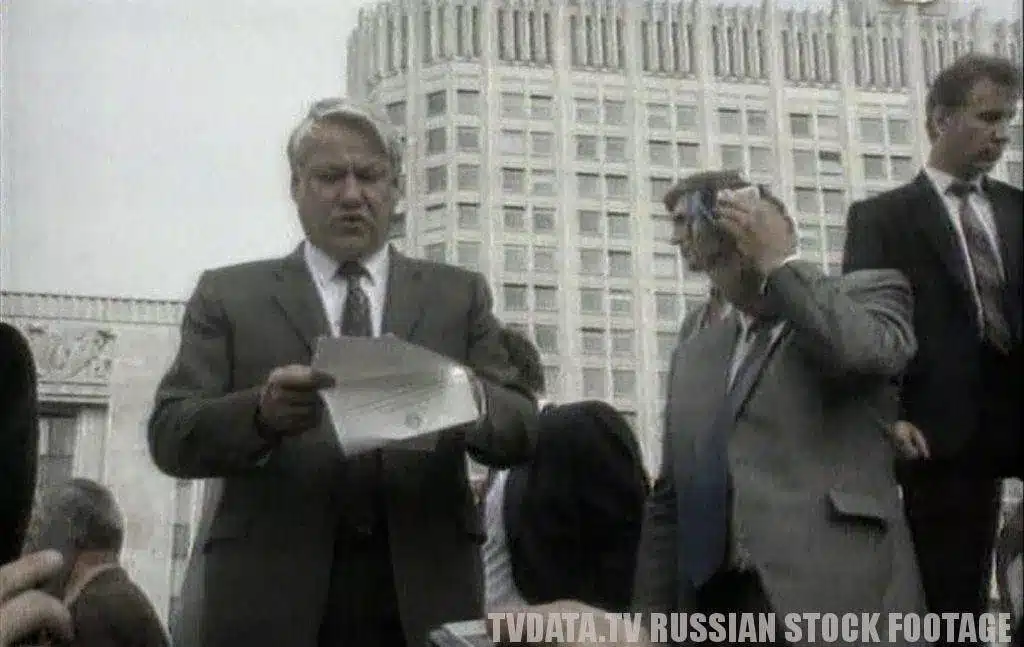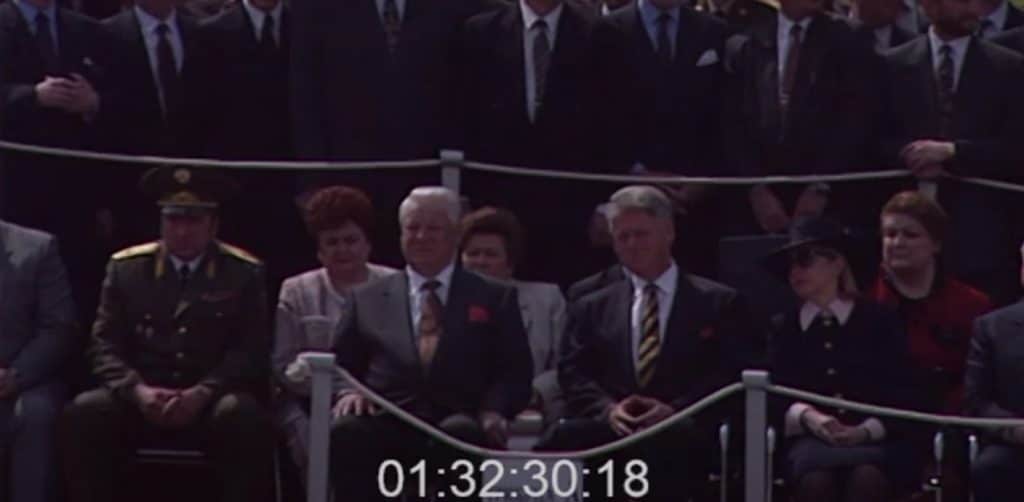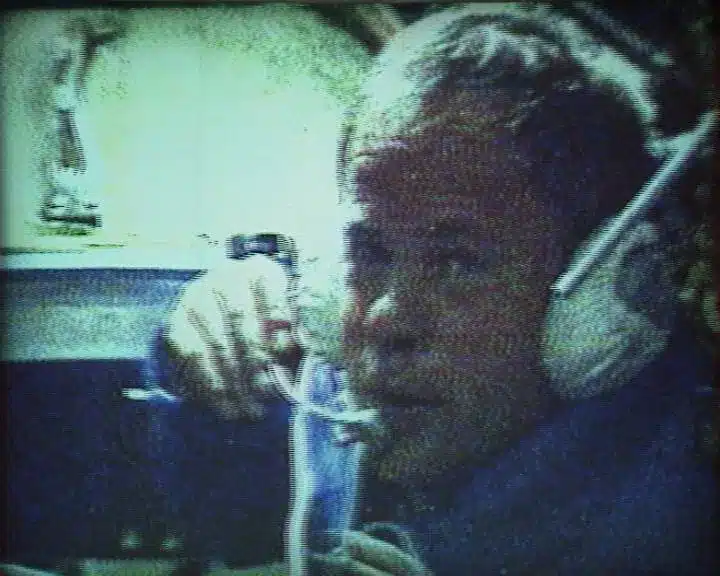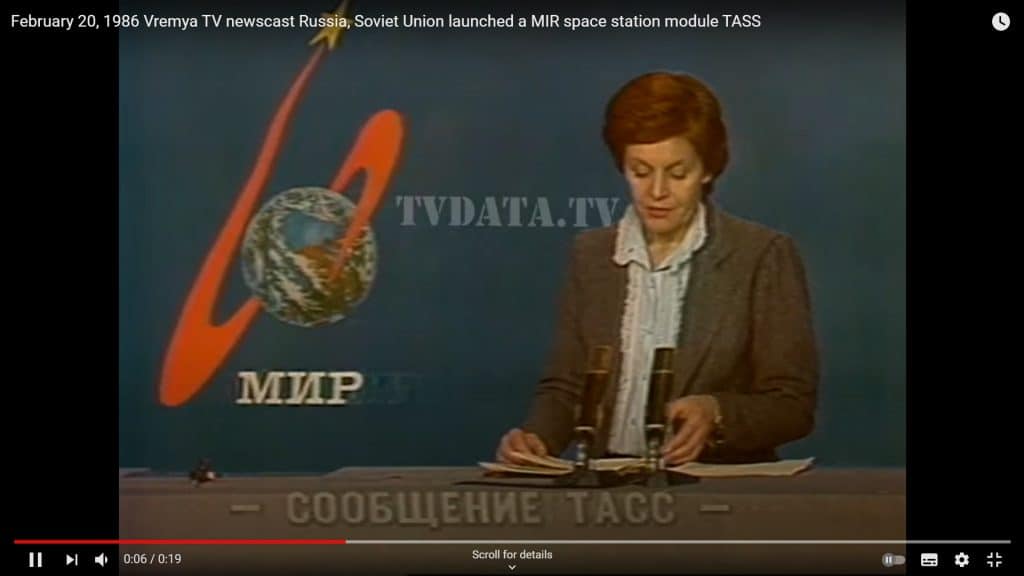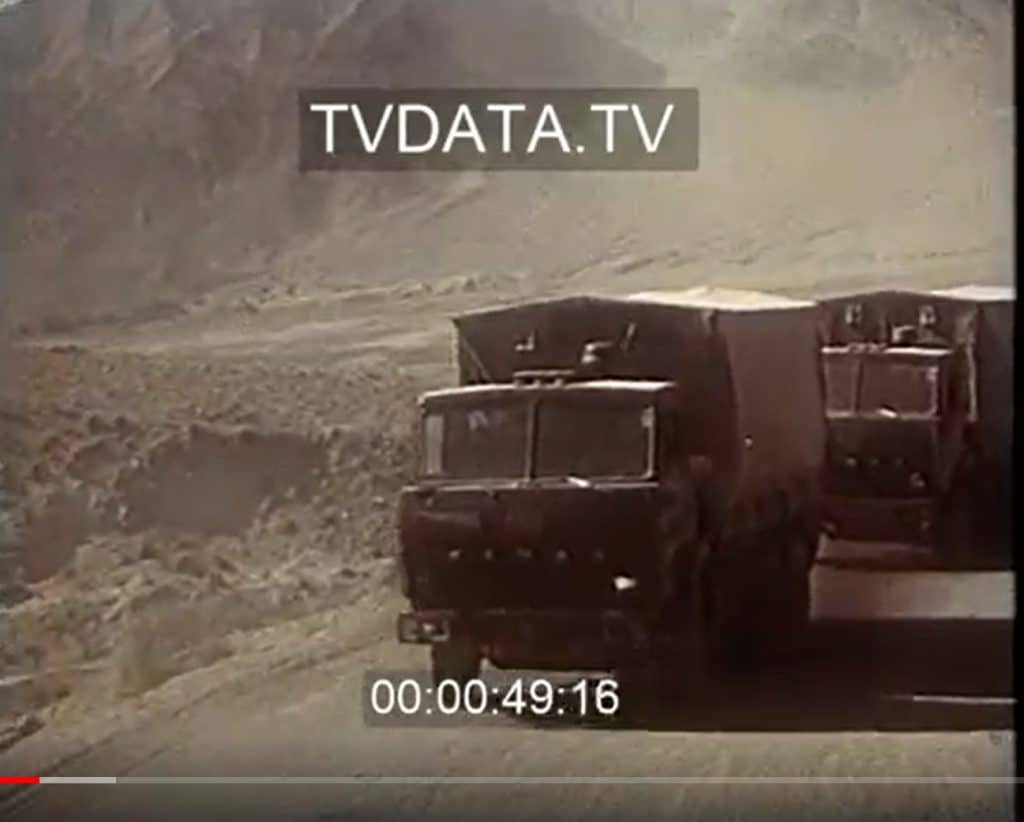Soviet Union film stock footage refers to video or film recordings made during the Soviet era and have been preserved in archives. This footage provides a visual record of the history, culture, and daily life of the Soviet Union and its citizens during that time. Some of the common themes that can be found in Soviet Union film stock footage include the country’s political and cultural events. USSR videos showcase Major industrial and technological advancements, and everyday life in cities and rural areas. Use the footage can to explore a wide range of topics, including the impact of Soviet policies, the country’s social and cultural changes, and its relationships with other nations.
Soviet Union film stock footage include the country’s political and cultural events, major industrial and technological advancements
Archives, such as the State Film and Photo Archive of the Russian Federation, the Central State Archive of Literature and Art of Russia, and the National Film Archive of Ukraine, hold a significant collection of Soviet footage that has been digitized and made available to the public. Some of this footage may be of low quality or may have been edited, so it is important to consider the source and credibility of the footage when using it for research or other purposes.
Overall, Soviet Union film stock footage is an important resource for those interested in the history and culture of the Soviet Union and its impact on the world.
We license footage from Soviet propaganda films
Soviet propaganda films were films produced in the Soviet Union during the era of the Soviet state. These films were a tool of propaganda to spread the ideology and policies of the Communist Party of the Soviet Union. They shaped the opinions and attitudes of Soviet citizens. Soviet propaganda films covered a wide range of topics, including the history of the Soviet state, the achievements of the Communist Party and Soviet government, the lives of Soviet citizens, and the struggle against foreign enemies and internal dissenters. These films often portrayed the Soviet state and its leaders in a highly favorable light. Soviet Stock Footage depicts the Soviet people as hard-working, patriotic, and united in their support of the Communist Party and Soviet government.
Many of these films were shown in cinemas throughout the Soviet Union. Films were also distributed to other countries as a way of spreading the ideology of the Soviet state. Some of the most famous Soviet propaganda films include “The Battle for Bread” (1925), “Eternal Light” (1938), and “The Great Patriotic War” (1945). It is important to note that Soviet propaganda films were often highly stylized and propagandistic, and did not always accurately reflect the realities of life in the Soviet Union. Nevertheless, these films provide a valuable glimpse into the ideology and propaganda techniques of the Soviet state, and offer a unique window into the history of the Soviet Union.
resolution of a Soviet propaganda film
The resolution of a Soviet propaganda film refers to its intended message or the point that the filmmakers sought to make through the film. Soviet propaganda films promoted the ideology of the Communist Party. And the Soviet government, and to persuade the audience to support their policies and beliefs. The resolution of these films was typically to inspire feelings of patriotism and loyalty to the Soviet state, to glorify the achievements of the Communist revolution, and to promote the superiority of the Soviet system over capitalist and feudal societies. The resolution was often conveyed through the use of symbols, images, and narratives that were designed to evoke emotional responses and to shape the viewer’s understanding of the world.
The Soviet Union was a socialist state that existed from 1922 to 1991, encompassing a vast territory in Eastern Europe and northern Asia.
The daily life of Soviet citizens during this time varied depending on factors such as their social status, occupation, and location. Some common features of Soviet life included a planned economy, state ownership of property, universal education and healthcare, and strict government control over media and political dissent. If you have any specific questions about life in the Soviet Union, I would be happy to try and provide more information.
#SovietUnion #USSR #Socialism #EasternEurope #NorthernAsia #PlannedEconomy #StateOwnership #UniversalEducation #UniversalHealthcare #GovernmentControl #MediaControl #PoliticalDissent #History
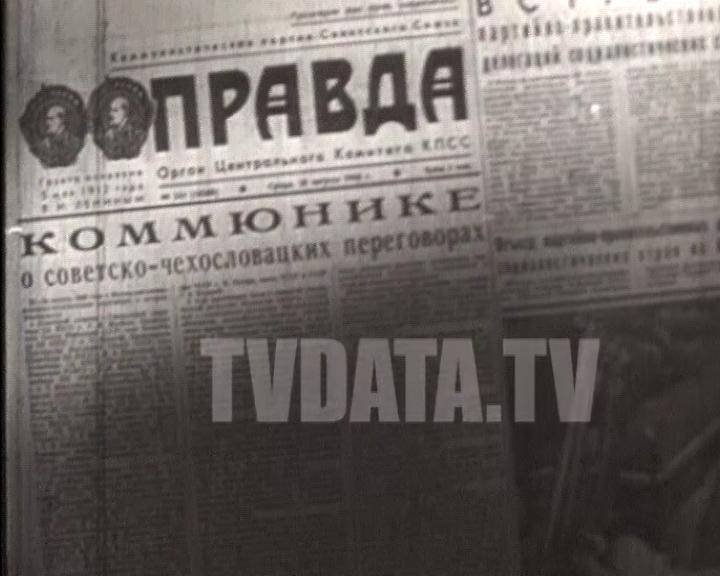
Newsreel footage of Pravda’s newspaper and printing press in operation, with workers producing copies of the newspaper.
Pravda was one of the most prominent and influential newspapers in the Soviet Union, and footage featuring it can provide valuable insights into the country’s history and politics during the Cold War era.
The Soviet filmmakers often used a handheld camera to capture footage of events as they unfolded, which gave their footage a raw and gritty feel.
They also employed a variety of techniques to create a sense of urgency and tension, such as fast editing and dramatic music.
Much of the footage from this era was filmed within the Soviet Union and other socialist countries, but there were also instances where Soviet filmmakers traveled to other parts of the world to document events that were seen as important to the Soviet Union’s interests.
Soviet filmmakers filmed the construction of the Berlin Wall in 1961 and the Cuban Missile Crisis in 1962
The Soviet archives contain a vast collection of Cold War-era footage that provides a unique perspective on this period of history. The footage offers insight into the Soviet Union’s propaganda machine and its efforts to influence public opinion both at home and abroad.

